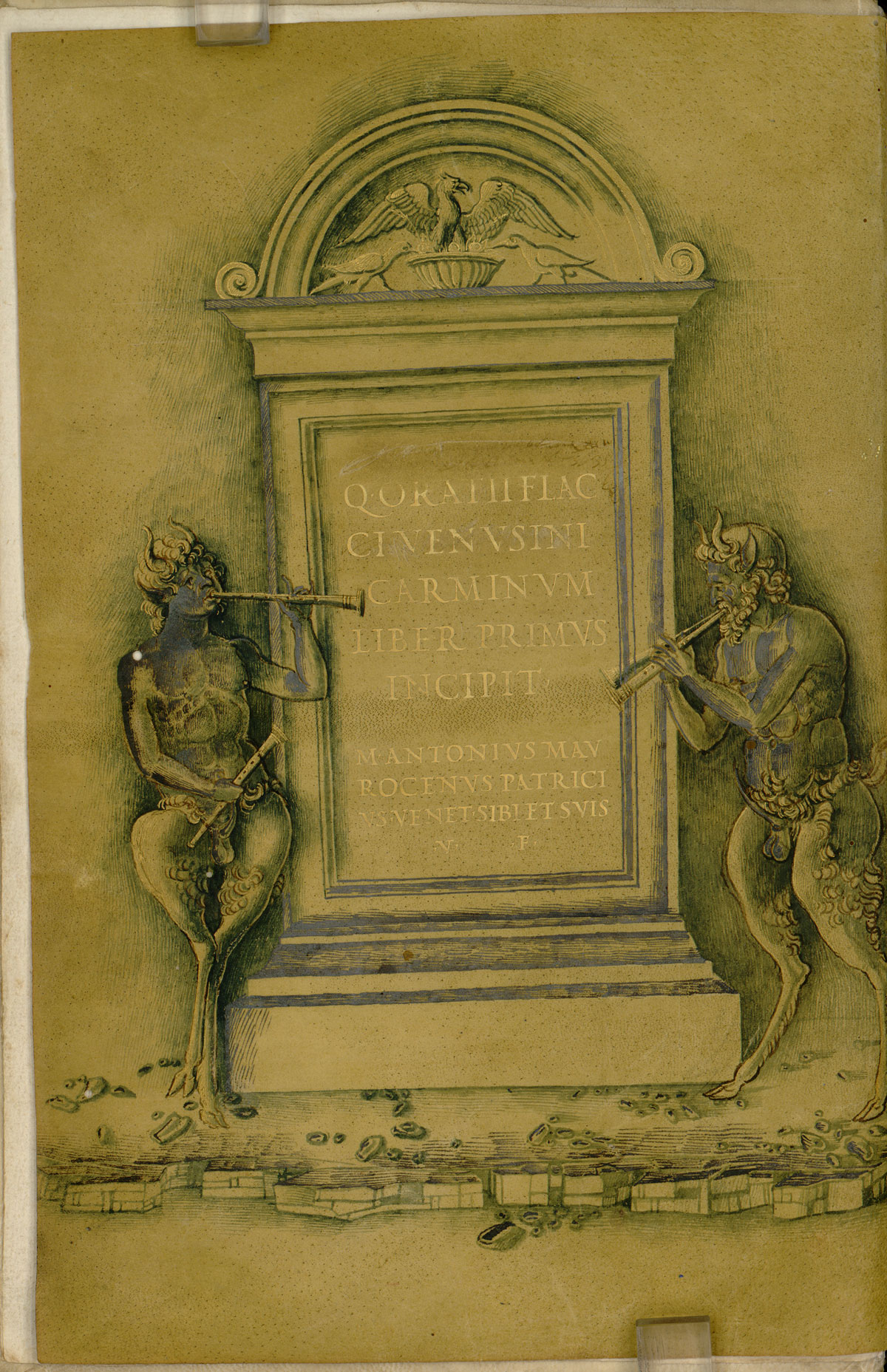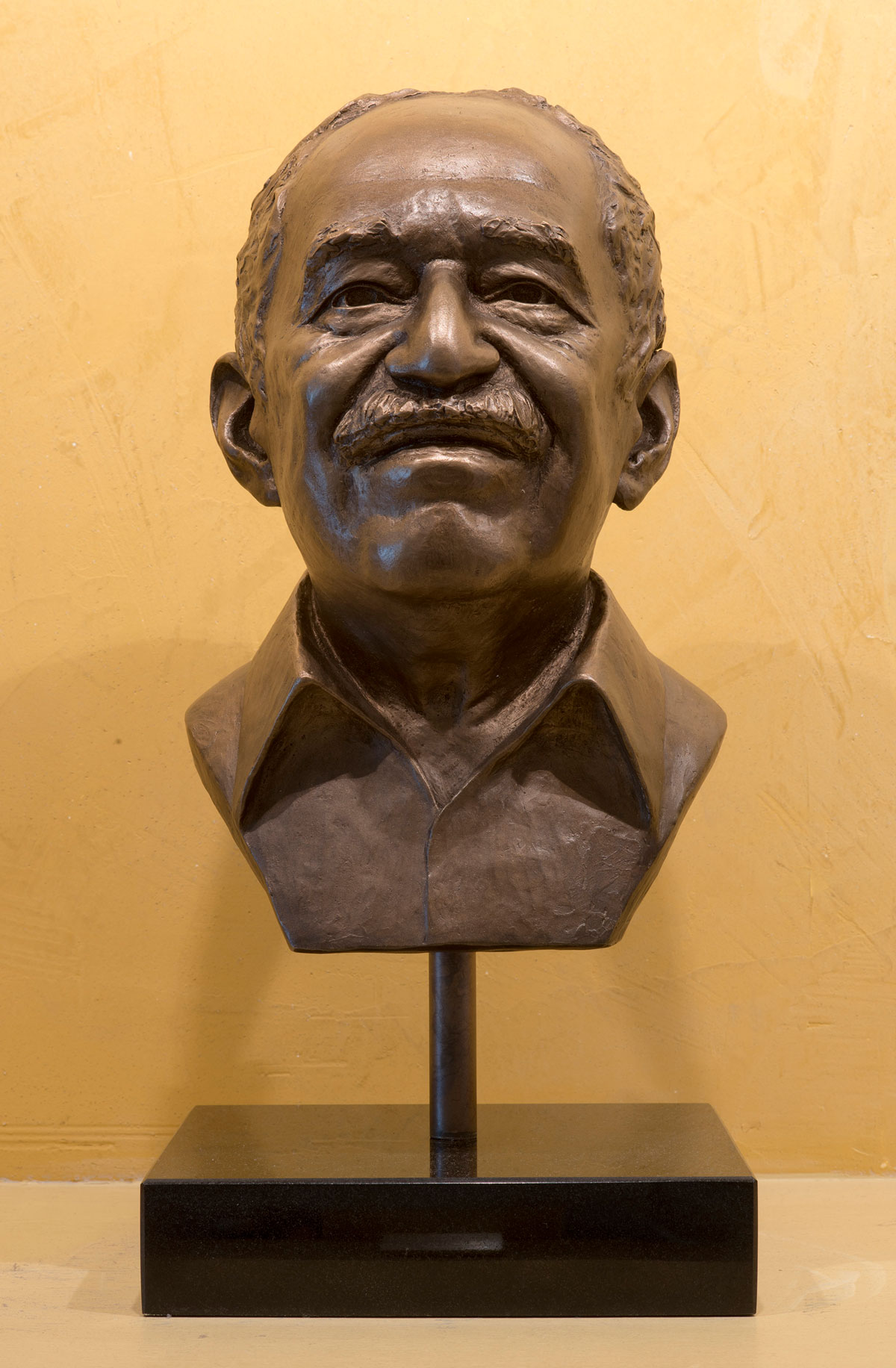Classical Studies and Western Philosophy Collections
Classics-related holdings at the Ransom Center range from second century Ptolemaic Greek papyri fragments to medieval manuscripts, from early printed editions and translations to squeezes [Read more…] about Horace and presocratic manuscripts on display

![The cover of the carbon typescript of El coronel no tiene quien le escriba [No One Writes to the Colonel], 1957.](https://sites.utexas.edu/ransomcentermagazine/files/2015/10/General-cover.jpg)
